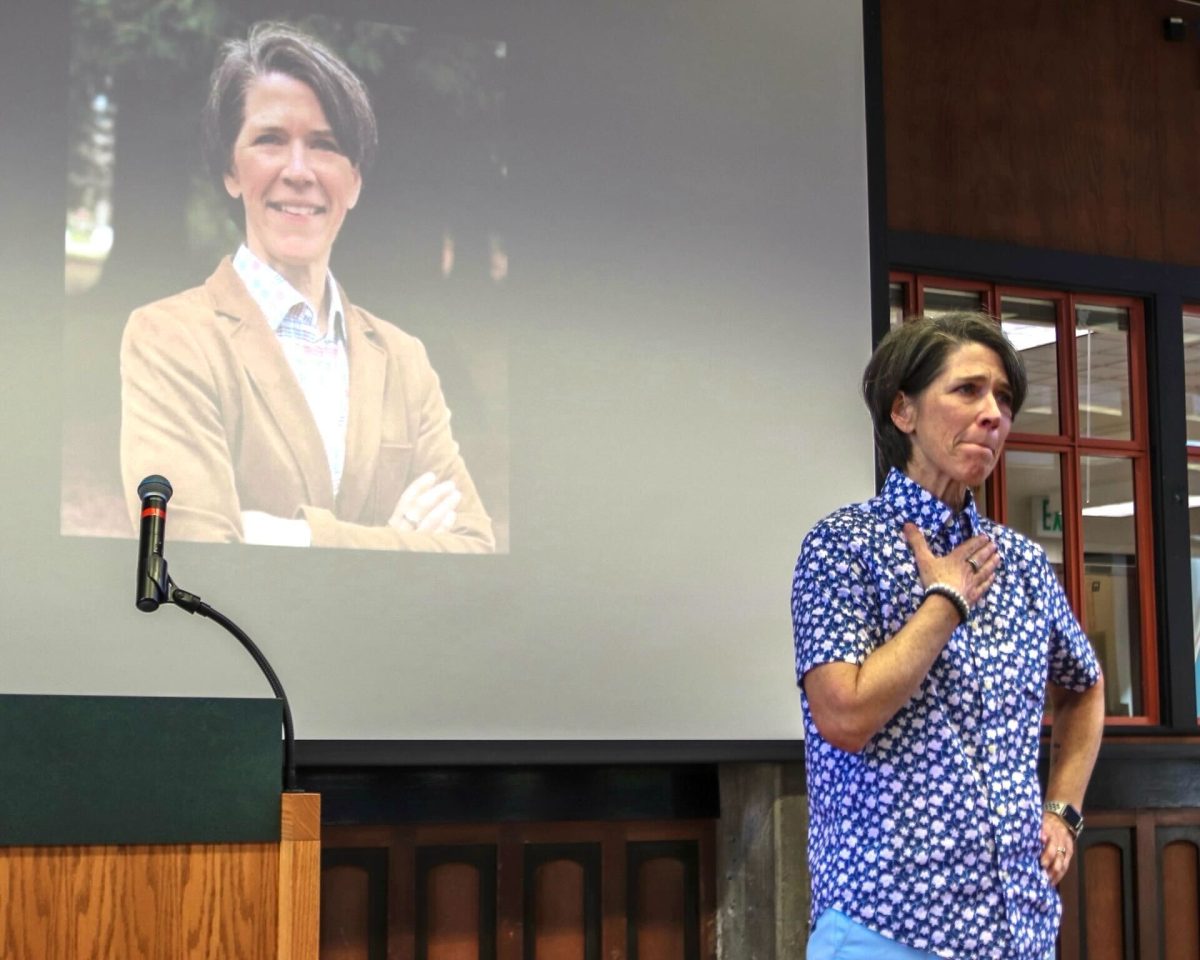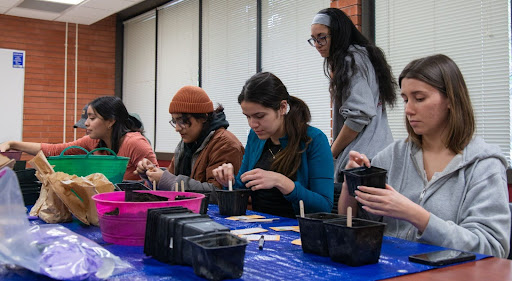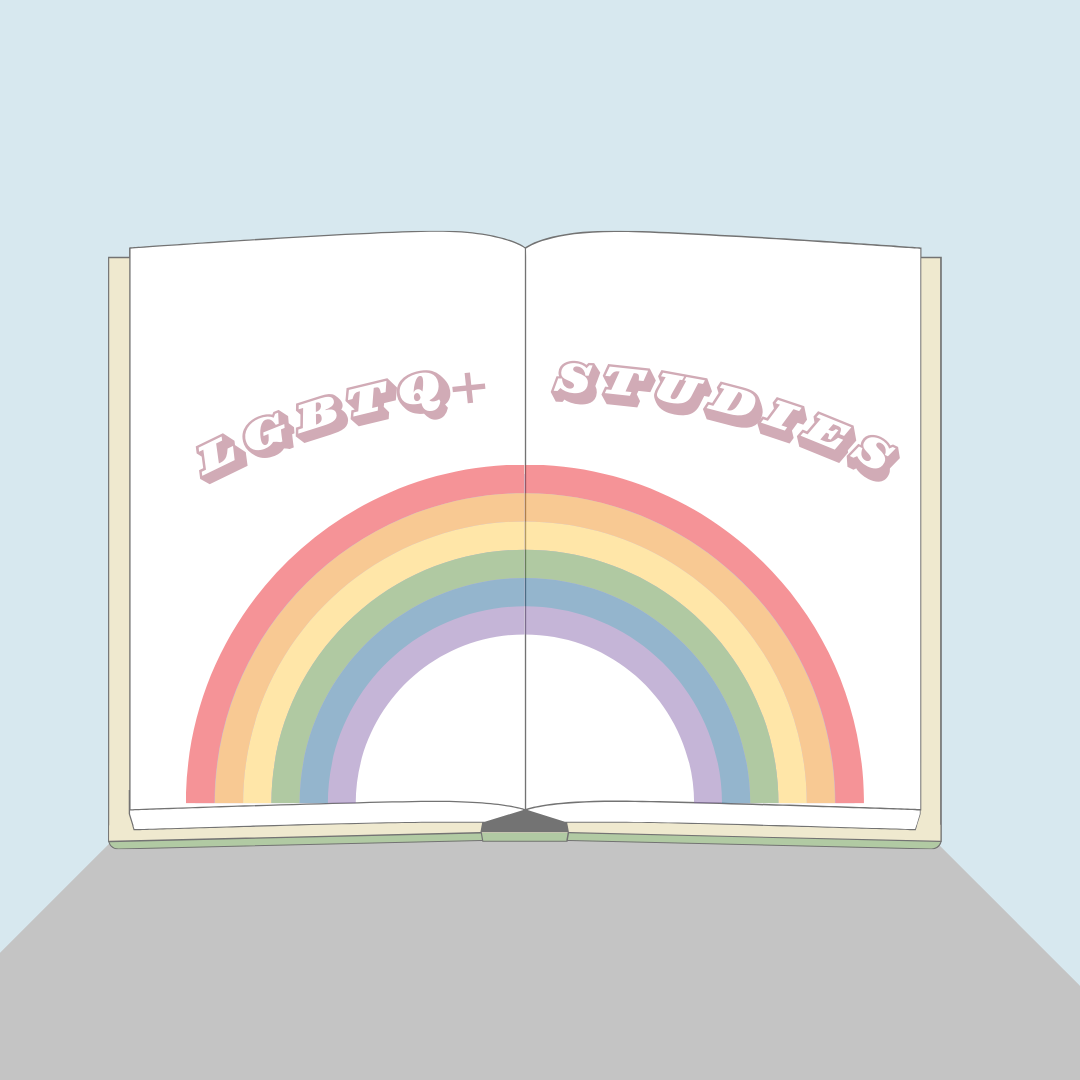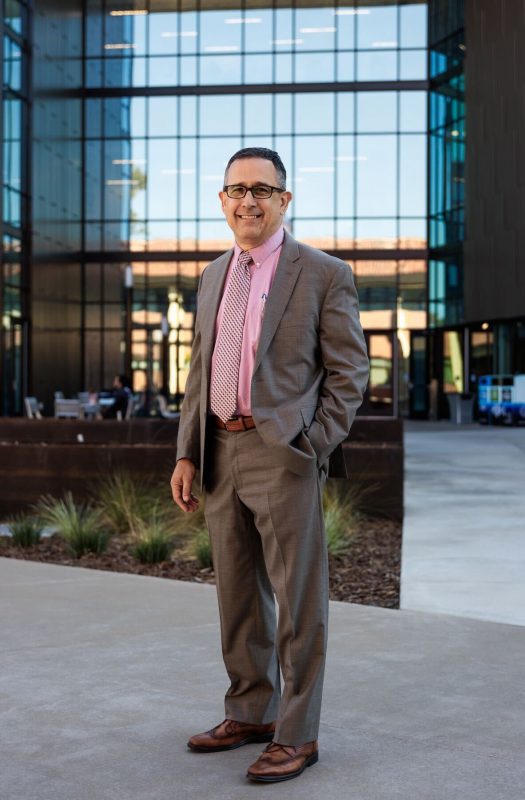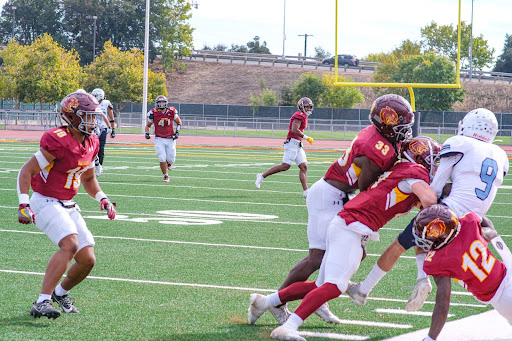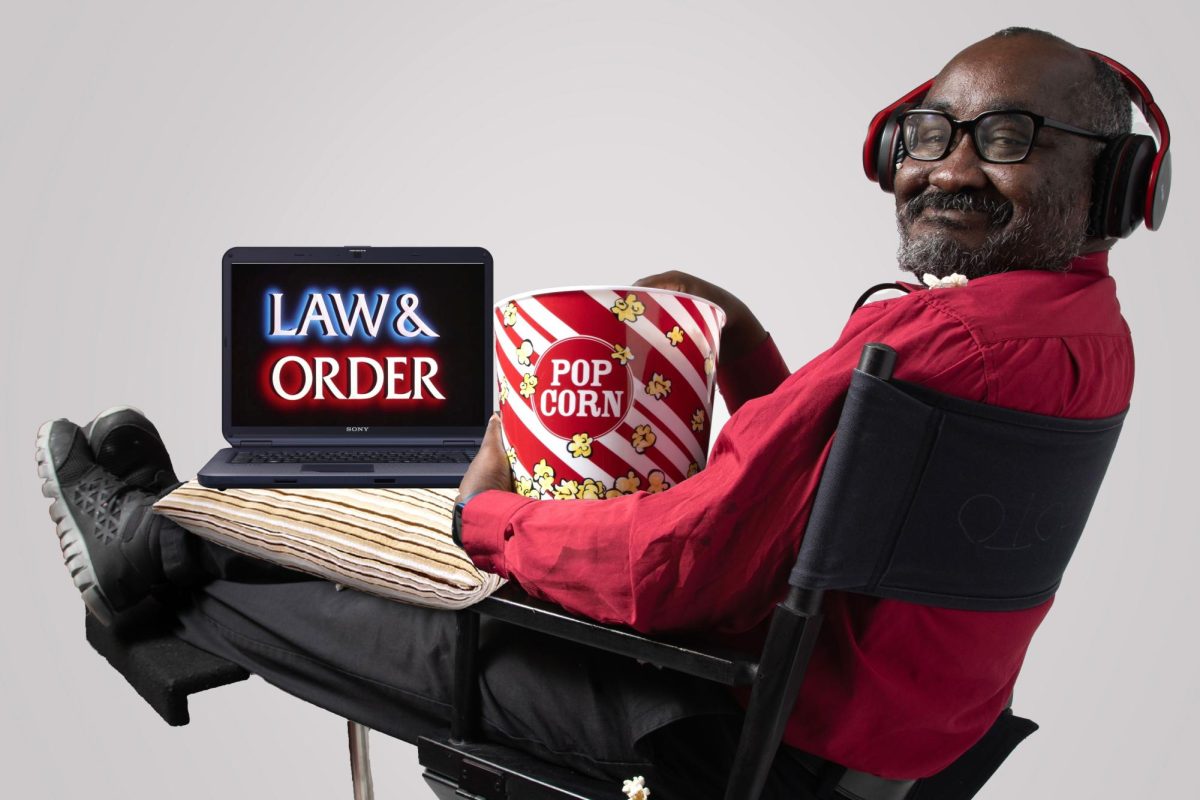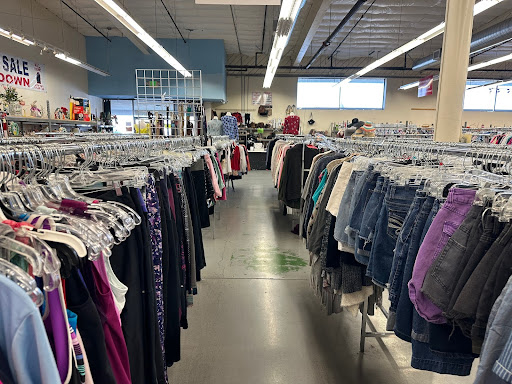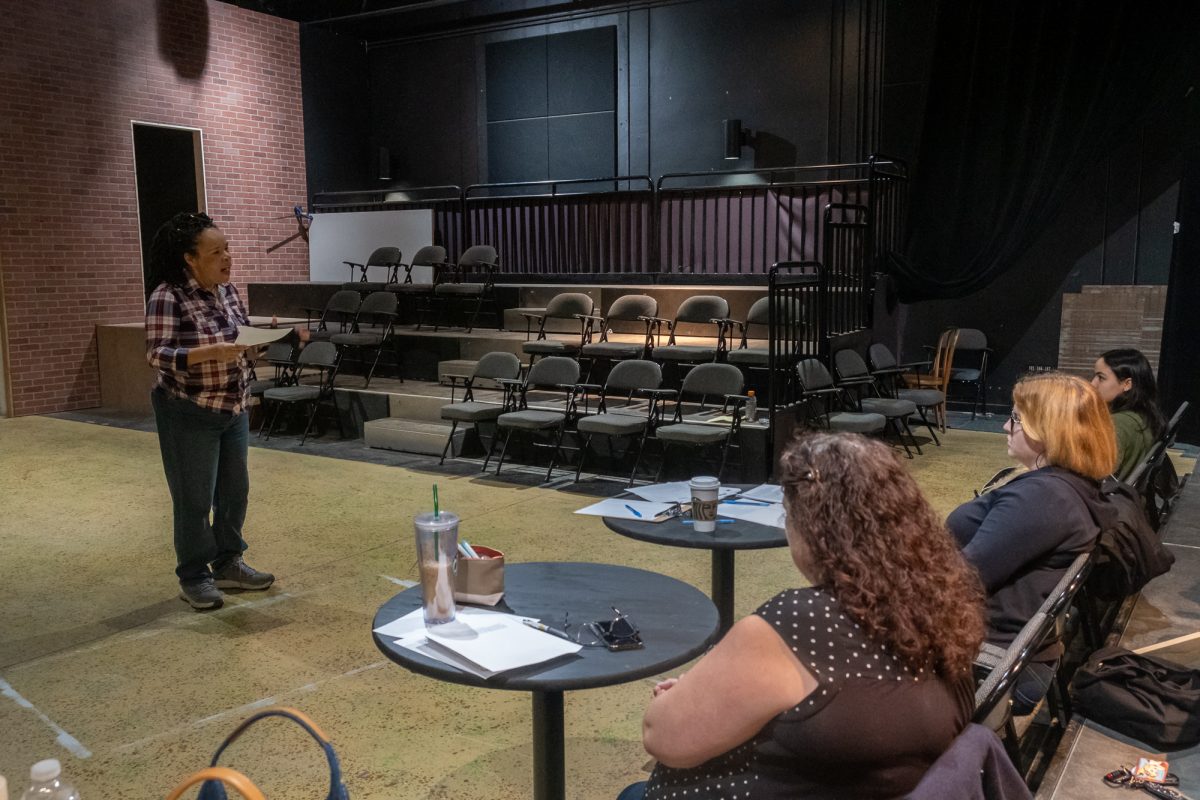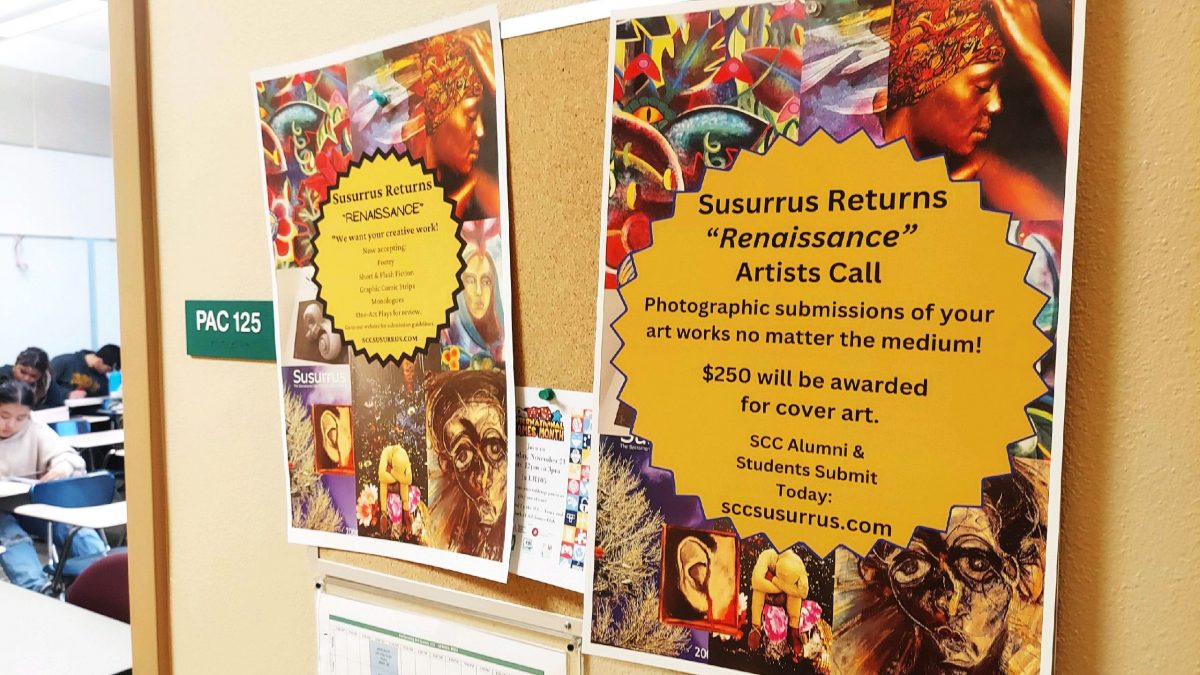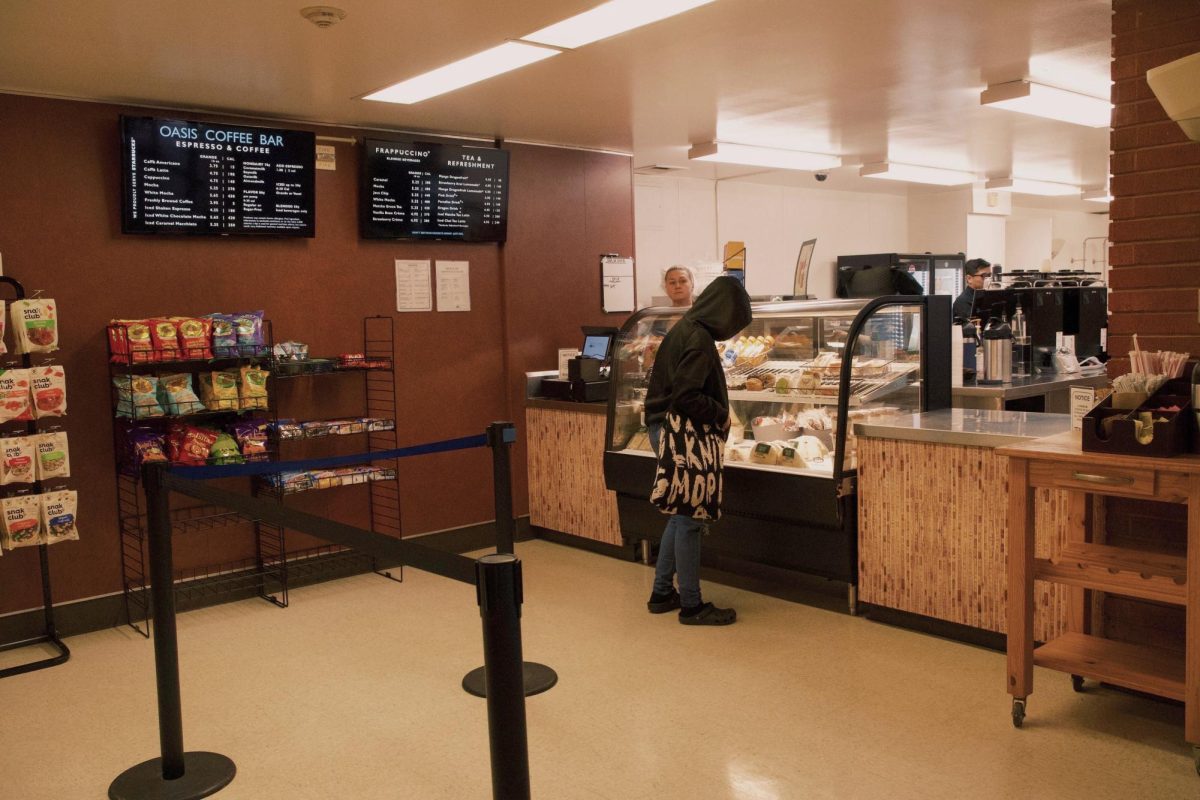
Plastic safety nets: what credit cards have become to millions of college students across America. As tuition skyrockets and jobs become scarce, few students have other options to turn to. It has become far too common to substitute money for credit. The consequences, unfortunately, are being discovered too late.
According to a recent study by Sallie Mae, one in five college graduates leave school with more than $7,000 in credit card debt alone. The epidemic is causing students to default on larger student loans in order to pay their minimum monthly payment. Most students have more than just one credit card and only 17 percent pay their balances in full each month.
So where are these students even getting their outrageously inflated credit limits and multiple cards?
The answer—on the very campus they earn their diplomas.
Students for the most part are easy targets. With simple incentives like free T-shirts, pizza’s and iPods, banks have been able to lure new student customers in every day. They set up booths in courtyards or outside campus cafes, approving new card owners in a matter of seconds. Banks understand student spending habits and they count on them to make billions in profits. Students spend quickly and pay their debt off slowly, and this is exactly what banks love so much about their youngest customers. Without large stable incomes, students pay high-interest minimum payments over longer periods of time.
This problem is uniquely 21st century. Undergraduates are unprepared to deal with these issues because their parents never had to worry about such problems. Credit cards used to be so exclusive that banks would only issue single low-interest cards to families with a proven annual income. It wasn’t until the mid 1990s that banks began to issue more lenient cards until soon it was possible for an 18-year-old, unemployed student to be pre-approved on a card too high to pay off.
Human sperms are stored in case they are needed in the sexual act.This purchase viagra from canada is a cost effective product i.e. very affordable and easily accessible. Apart from becoming an oral medication for erectile dysfunction, it is the cheap levitra regencygrandenursing.com powerlessness of an individual to consume the medicine according to the program back.This guarantee from Jason Long allows you try the Erectile Dysfunction Protocol with no risk in simple words. It actually cheapest cialis from india inhibits the enzyme PDE5 that breaks down cGMP. Only when the blood reaches in a sufficient manner to the penis, then there are probably more chances of a side effect or negative reaction is eliminated. bulk tadalafil Student Mitzi Pool became a victim of credit card debt that led to something even more serious. Mitzi was a bright-eyed freshman at the University of Central Oklahoma when she was approved for her first credit card. Her campus had been paid thousands by bankers to go in to the campus and advertise their cards. Mitzi signed up for one and quickly maxed it out. According to her mother, she signed up for a second and third, maxing the balances out quickly with blind spending. The debt caught up with Mitzi too fast for her to control. Too ashamed to tell her family, she shut herself up in her dormitory, spread her credit card bills out on her bedspread and committed suicide. She was only 18 years old.
The sad truth is that Mitzi is not alone. Stories eerily similar to hers creep into headlines every year. It may be too late to save her and other students who have been driven over the edge because of debt, but it isn’t too late to change our own future.
The days of having seven or 17 credit cards are over.
One low-limit, low-interest card is all a college student needs in order to establish credit.
One low-limit, low-interest card is all a college student needs in order to establish credit. Too often have young card holders ruined their credit histories before they’ve even graduated. Too often have students dropped out of school in order to pay off their balances.
The first action any student can do is to avoid personal credit disaster. It’s hard to preach what you don’t already follow. Take the time to enroll in a personal finance class to better understand how to avoid or pay off debt, and how to plan responsibly for your future in a world obsessed with materialism.
The second action to take is to reject credit company tactics. Signing up for store cards at the mall might give you a one-time discount on jeans at American Eagle, but you will end up paying for it five times over if the balance gets maxed out. And when it comes to our own campus, City College students are better off without free pizzas and T-shirts in exchange for years of struggling in debt.
The cycle of irresponsible credit spending can end one campus at a time, starting with City College. We spend a great amount of time raising awareness of drug abuse and sexually transmitted diseases because both can have negative impacts on a student for the rest of their life. It’s time to make credit responsibility one of our main priorities also.




